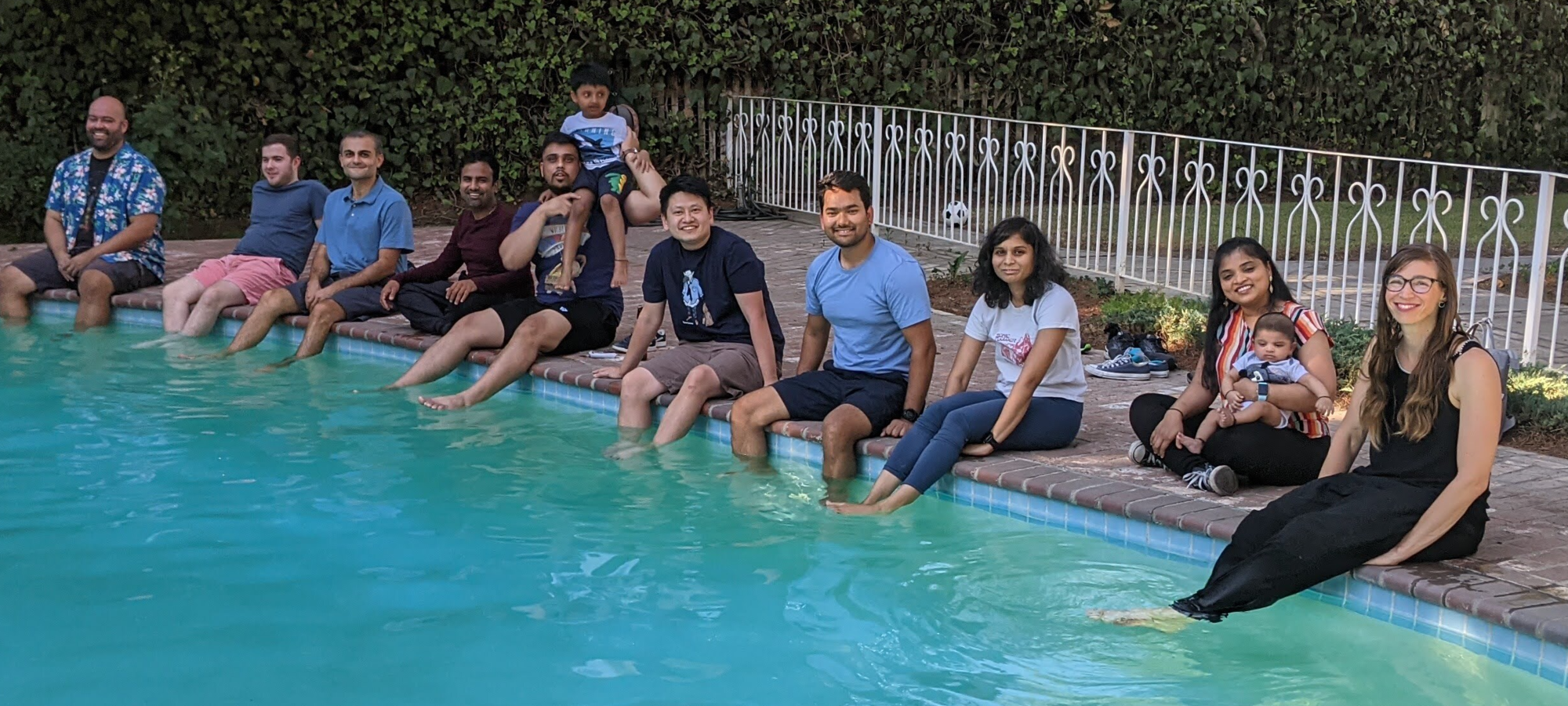 The Isborn group is using and developing quantum chemistry techniques to model and understand molecular electronic excitation, spectroscopy, and charge transfer in complex environments. These environments include chromophores in solvent, in an ionic solution, in a protein, or in disordered aggregates. Because of the large-scale nature of these calculations, we primarily use density functional theory (DFT) methods for our calculations, benchmarking against more accurate wave function methods to validate our techniques. We are also working to make standard DFT techniques more accurate by understanding the fundamental approximations and limitations of the methodology.
The Isborn group is using and developing quantum chemistry techniques to model and understand molecular electronic excitation, spectroscopy, and charge transfer in complex environments. These environments include chromophores in solvent, in an ionic solution, in a protein, or in disordered aggregates. Because of the large-scale nature of these calculations, we primarily use density functional theory (DFT) methods for our calculations, benchmarking against more accurate wave function methods to validate our techniques. We are also working to make standard DFT techniques more accurate by understanding the fundamental approximations and limitations of the methodology.


